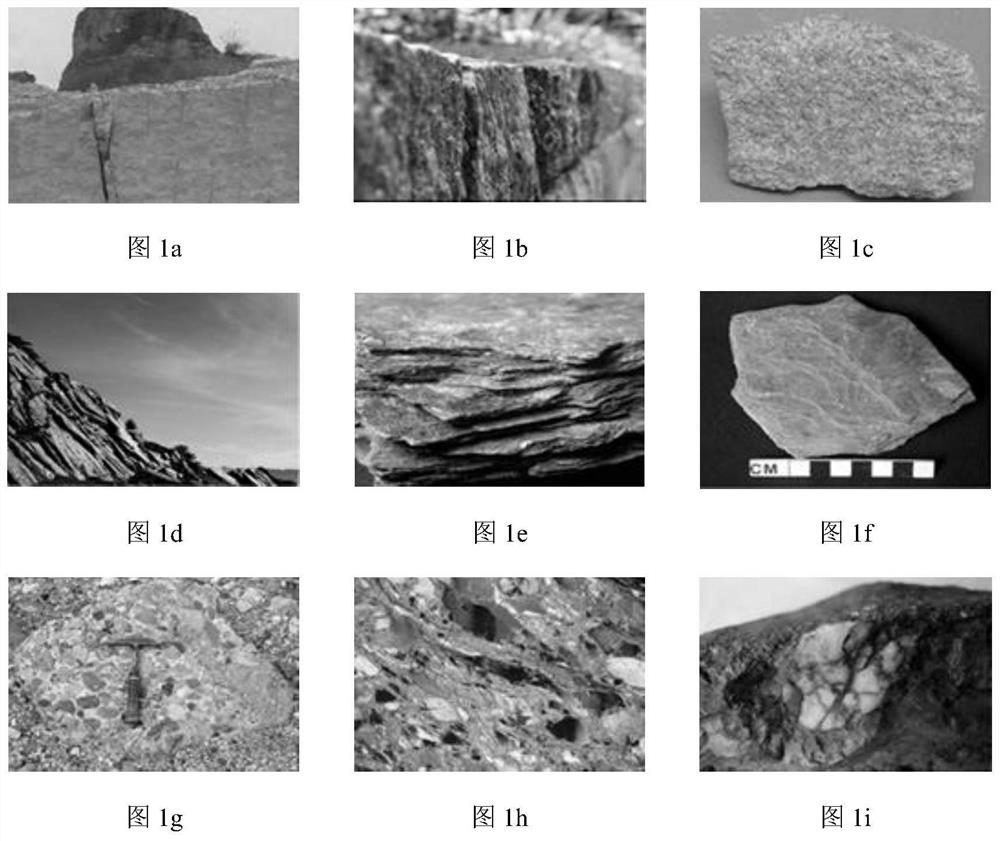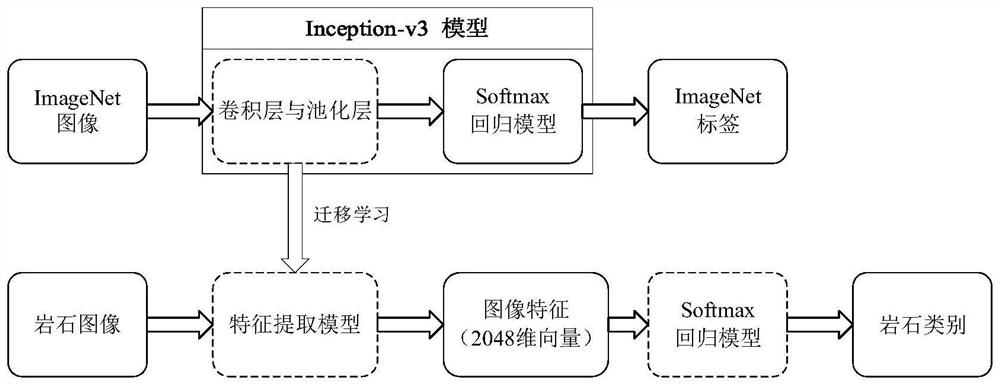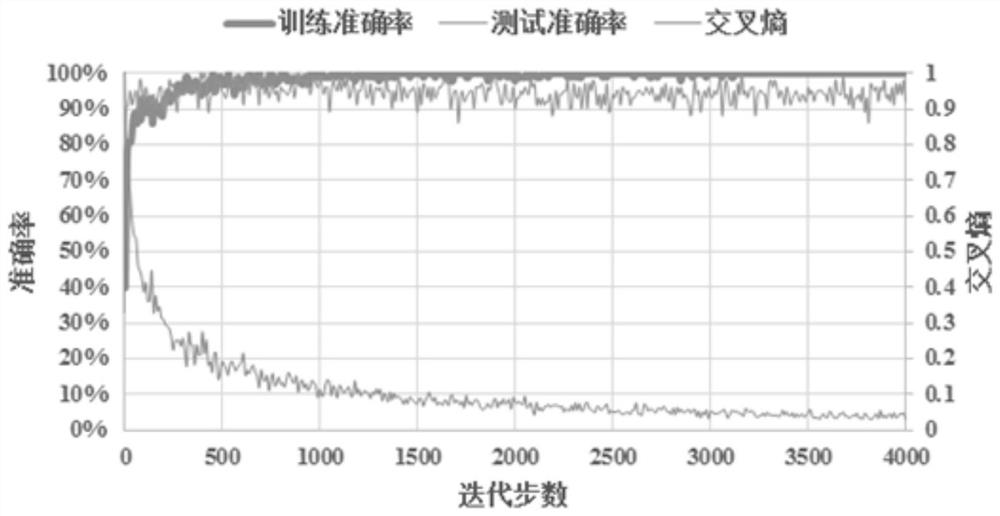A method for automatic identification and classification of rock lithology under deep learning mode
An automatic recognition and deep learning technology, applied in character and pattern recognition, biological neural network models, instruments, etc., can solve problems such as large influence of human factors, many interactive operations, ignoring textures, etc.
- Summary
- Abstract
- Description
- Claims
- Application Information
AI Technical Summary
Problems solved by technology
Method used
Image
Examples
Embodiment
[0142] The rock image samples used in the experiment were collected through different means such as photos, rock databases, and network searches. Three rock images of granite, phyllite, and breccia were mainly selected for test identification and analysis. The rock types are mainly composed of three types of images: laboratory rock specimens, field rock specimens and field large-scale rock images. In general, images of granites are mostly granular structures, images of phyllites show phyllite structures, and images of breccias show porphyritic structures; some image samples of these three types of rocks are as follows: figure 1 shown. A total of 571 images of the three types of rock images were collected, including 173 images of granite, 152 images of phyllite, and 246 images of breccia. The classification and quantity of their training set and test set are shown in Table 1. The training set is obtained from the respective total samples. Randomly selected, the rest is the tes...
PUM
 Login to View More
Login to View More Abstract
Description
Claims
Application Information
 Login to View More
Login to View More - R&D
- Intellectual Property
- Life Sciences
- Materials
- Tech Scout
- Unparalleled Data Quality
- Higher Quality Content
- 60% Fewer Hallucinations
Browse by: Latest US Patents, China's latest patents, Technical Efficacy Thesaurus, Application Domain, Technology Topic, Popular Technical Reports.
© 2025 PatSnap. All rights reserved.Legal|Privacy policy|Modern Slavery Act Transparency Statement|Sitemap|About US| Contact US: help@patsnap.com



